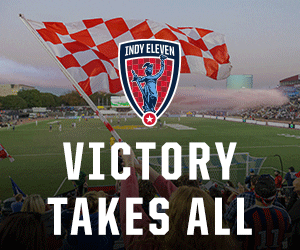at a heart attack
By BRANDON A. PERRY
Given that heart disease is one of the leading causes of death, affecting nearly 900,000 people each year, most individuals know someone who has experienced a heart attack.
Many of these same people, however, might not know what actually causes a heart attack, which is important in understanding how they can prevent one from occurring.
What happens?
A heart attack, known medically as a myocardial infarction, takes place when blood flow to a section of the heart muscle is blocked. Tissue in the section of the heart not receiving blood becomes damaged from lack of oxygen and begins to die.
Causes
According to the National Heart, Lung and Blood Institute, heart attacks “are caused by a condition known as coronary artery disease (CAD).” With CAD, a fatty material called plaque builds up over several years on the inside walls of at least one of the coronary arteries, which supply fresh (oxygen rich) blood to your heart.
Eventually an area of plaque ruptures, causing a blood clot that (along with the fatty plaque deposits) blocks the flow of fresh blood to the part of the heart fed by the artery (see illustration).
Symptoms
One must be careful to not assume that every heart attack has the same set of symptoms. The most common symptom reported by heart attack survivors is an intense, constant pain in the chest that spreads to the arms and back. The pain may last and build up over a period of hours and several days.
Other symptoms, however, have included nausea, general discomfort and fear, a drop in blood pressure and unconsciousness.
Amazingly, nearly a third of heart attack survivors have said they felt no symptoms during their attack.
Difference between life and death
Survival of a heart attack depends heavily on how quickly the affected individual is rushed to a hospital. Medical professionals must clear the blocked artery as soon as possible to prevent widespread damage to the heart. Steps may also be taken to reduce the heart’s workload, giving it more time to restore its damaged cells.
Life after a heart attack
According to a new survey of over 500 African-American heart attack survivors released by the National Medical Association (NMA), a majority of survivors (62 percent) reported that their experience forced them to face their mortality, motivated them to accomplish goals, spend more time with family and move closer to God in their faith.
However, the survey also indicated that a quarter of survivors do not consistently take the steps needed to prevent another heart attack, including taking their heart medications as prescribed, exercising regularly and modifying their diet. Most people in this category say there is not enough information available on how to prevent a second attack.
“When we look at the percentage of the African-American population that suffers heart attacks, compared to other ethnic groups, we see a clear disparity that illustrates significant need for education and support initiative for heart health within the Black community,” said Albert W. Morris Jr., president of the NMA.
Morris noted that the sites www.heartfeltsupport.com and www.menedhearts.org – have been set up to offer helpful tips to heart attack survivors and their families.






